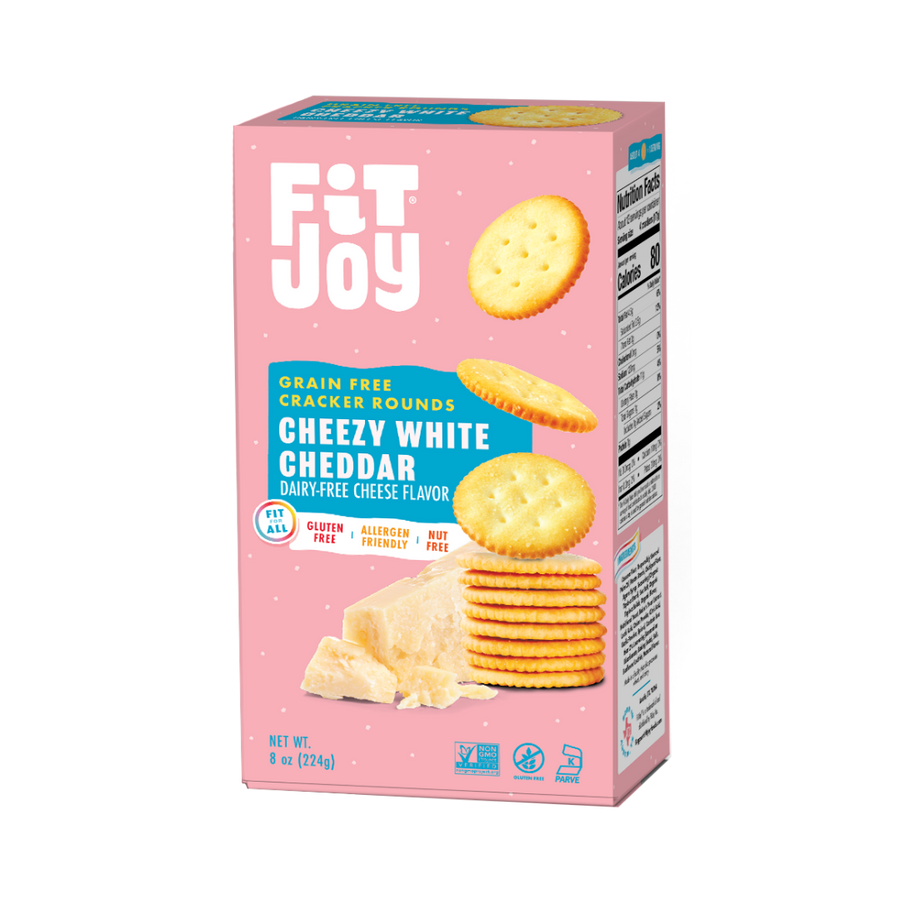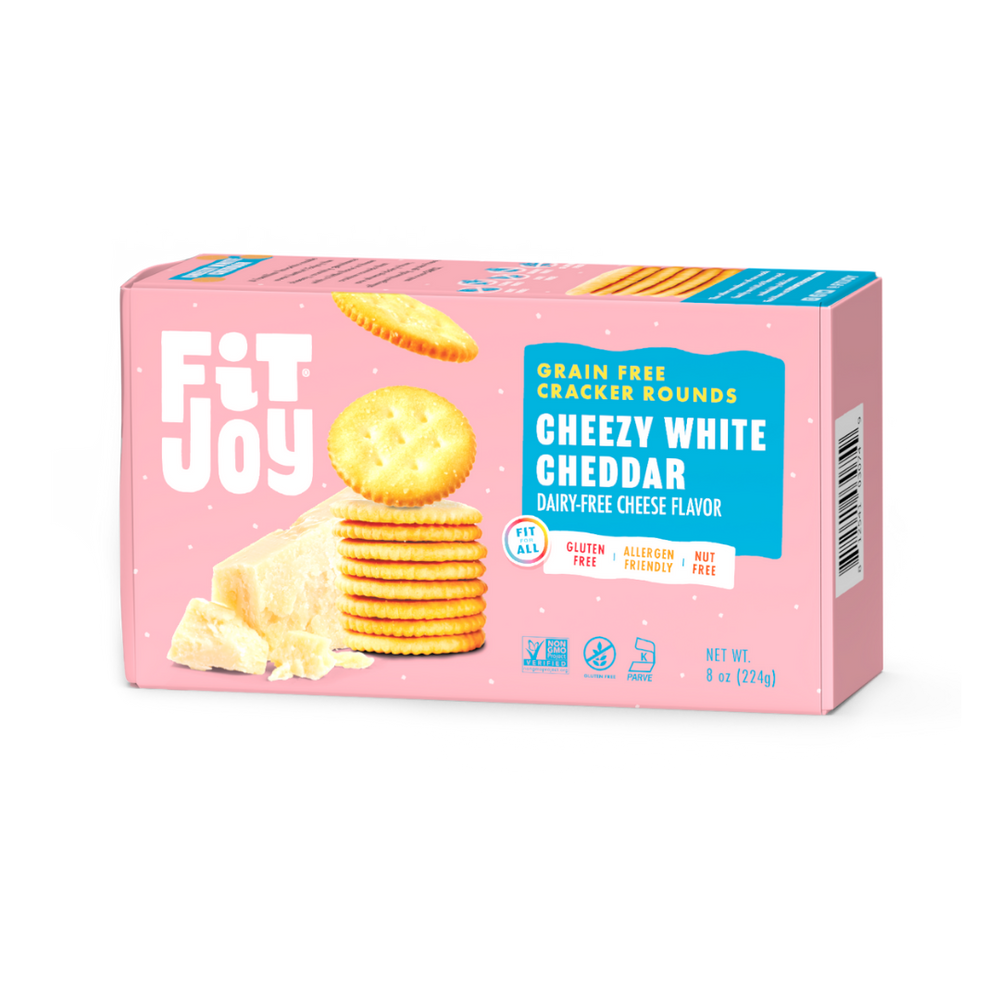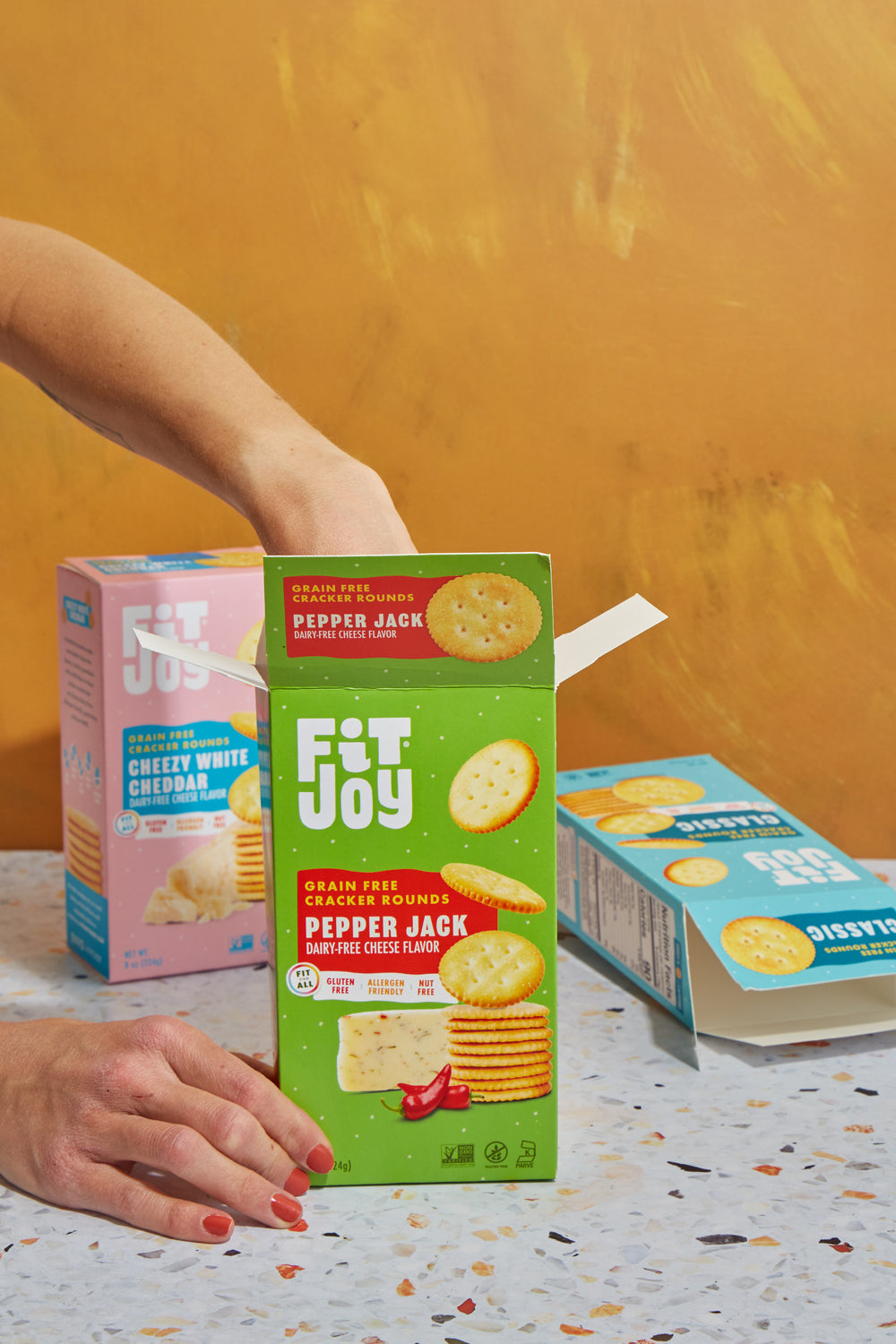5 Tips to Limit Sodium Intake While Snacking
Lauren Rolerat | July 23 2020
Sodium has many important functions in the body including transmitting nerve impulses, contracting and relaxing muscle fibers, and maintaining fluid balance. And of course, it makes food taste delicious! So your body needs sodium, but too much of it can have a negative effect on health. Excess sodium in your diet can lead to high blood pressure and an increase risk of heart disease and stroke.
The recommended amount of sodium adults should eat in a day is 2300 milligrams. For reference, that’s a little less than a teaspoon of standard table salt. However, most people actually eat an average of over 3400 milligrams in one day. That’s nearly 50% more than the recommended daily value!
So you might be wondering what you can do to keep your intake level below the recommended amount. Well, you can start by cutting down on the amount of sodium in your snacks. Here are five simple tips to help you get started with this today!
Tip #1: Eat whole foods

Eat snacks that are made from whole foods such as veggies with hummus or apples with unsalted nut butter. These foods are minimally processed and have inherently less salt than highly processed, packaged foods. Not only will snacks like this reduce your sodium consumption, but they’ll also provide you with other important micronutrients. Win-win!
Tip #2: Check nutrition labels
If you want a quick and easy packaged snack, opt for choices that already have low or no salt like unsalted nuts. Compare nutrition labels of similar products and choose the one with less sodium. For example, FitJoy Himalayan Pink Salt Pretzels have lower sodium than other commercial pretzel brands so those would be a great choice if you're looking for a low sodium pretzel. Also buy reduced sodium condiments. Pretzels go great with dip after all!
Tip #3: Use other spices
Make your own snacks at home using different spice blends. Adding other spices besides salt can improve the flavor without adding extra sodium. Try a premade spice blend or make your own blends. Then use those blends to sprinkle on a bowl of popcorn or roasted chickpeas!
Tip #4: Eat high potassium foods
Snack on foods with potassium such as sweet potatoes, tomatoes, kidney beans, yogurt, oranges, and bananas. Potassium and sodium are electrolytes that work together in the body to maintain fluid balance. Eating more potassium and less sodium can help reduce the risks of high blood pressure and cardiovascular diseases.
Tip #5: Track your sodium intake

You may not even realize you’re consuming more sodium than you’re supposed to. Start checking your labels and tracking your sodium intake for a week or two. Aim to stay at or below the recommended level using the tips above. Simply having more awareness about what’s in the foods you’re consuming can help you to make smarter choices.
You don’t need loads of salt for your food to taste delicious! Your taste buds will adjust to having less sodium so you can enjoy the natural flavors in food again. Happy snacking!





Leave a comment